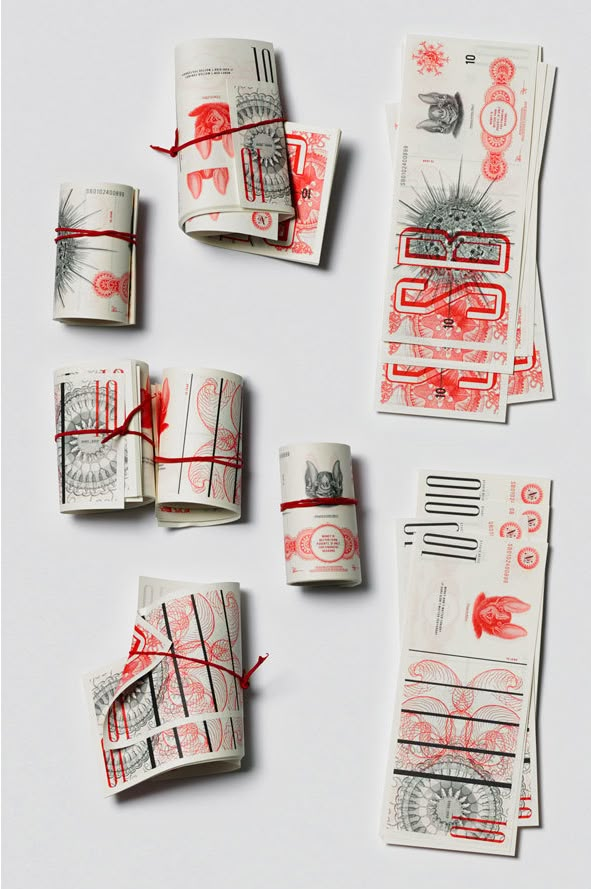
The residences at Aman New York present a rare opportunity: an unmatched address infused with the Aman way of living in harmony with the unceasing heartbeat of Manhattan.

A timeless tradition across Vietnamese households, the full moon ceremony honors ancestors and spiritual balance through seasonal fruit, incense, and heartfelt prayers. Held on the 15th day of the lunar month, this ritual is a moment of calm, gratitude, and spiritual grounding in the middle of busy daily life.
The full moon marks a point of spiritual clarity in the lunar cycle. According to Vietnamese belief, this is when the energies of the universe align—making it a meaningful time to cleanse the home, reconnect with ancestors, and invite harmony into one’s life. Unlike big annual holidays like Tết, the full moon ceremony is more intimate, yet deeply rooted in the country’s collective memory. Families prepare not only for spiritual reasons but also as a way to slow down and reflect. It’s a small yet powerful pause in the month—especially important in modern life, where such rituals serve as quiet anchors.
Each offering placed on the altar is carefully chosen. Seasonal fruits like bananas, pomelos, dragon fruit, and mangosteen represent abundance and gratitude for the earth’s harvest. Lotus flowers or marigolds are used for their beauty and purity, while tea or water signifies respect and humility. Traditional rice cakes (bánh ít, bánh xu xê) symbolize family unity and sweetness in life. In some homes, people also offer sticky rice, boiled eggs, or savory dishes like steamed chicken—depending on local customs and family preferences. Incense is the heart of the ritual. It is believed to carry prayers into the spiritual realm, allowing communication between the living and the dead. When the incense curls up into the air, it is said that spirits receive the family's messages of respect, love, and remembrance.

The residences at Aman New York present a rare opportunity: an unmatched address infused with the Aman way of living in harmony with the unceasing heartbeat of Manhattan.

Before the offering, the family altar is cleaned with care. The process of wiping dust, rearranging items, and refreshing flowers is not just physical—it is spiritual preparation. The household becomes quieter. People bathe or wear modest clothing to show respect. As incense is lit, the eldest member usually leads the ritual. In some families, all members participate together, bowing three times in front of the altar. Some may silently recite their wishes or talk internally with ancestors. This connection transcends words—it is a gesture of presence and sincerity.
What makes the full moon offering unique is how it adapts across generations and lifestyles. In a high-rise
apartment, it may be a small tray by the window. In the countryside, it may be a larger setup in a garden-facing
altar. Regardless of size or setting, the emotional weight remains the same.
Young people, especially those living away from home, may not always have the full setup, but even lighting
incense or offering a cup of tea can carry forward the spirit of the ritual. Today, this practice is also a way
for younger generations to stay grounded in identity, heritage, and gratitude—especially during times of personal
change or uncertainty.
In a fast-changing world, the full moon offering reminds us of stillness, care, and connection. It’s not just about praying for blessings—it’s about being fully present, showing respect, and finding peace in the act of giving. Whether done in a quiet corner of an urban apartment or a family ancestral home, this monthly ritual continues to nourish both the soul and the culture of Vietnam.